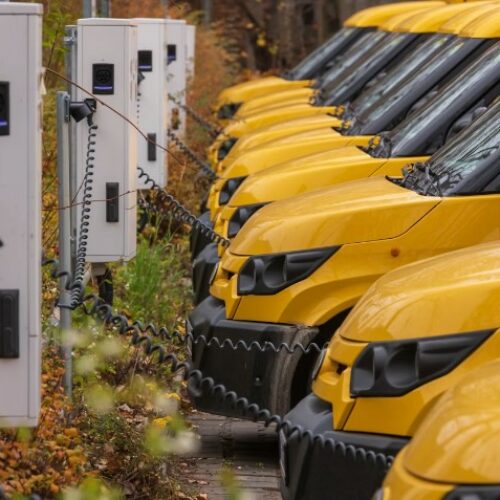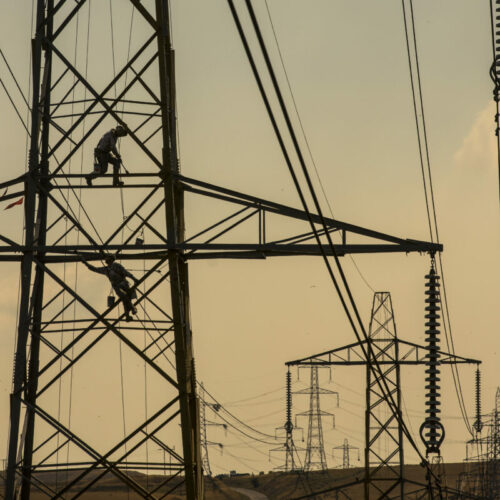With Ireland forecasted to reach its 80% renewable target by 2030, Cornwall Insight has confirmed that the increase in renewable technologies and generation will help lower winter energy prices below the pre-2021 historical average from 2027 onwards.
This is according to data collected from Cornwall Insight Ireland’s third All-Island Power Market Outlook to 2030 which showcased that the commissioning of new, low marginal cost solar and offshore wind power, alongside increased battery storage will help reduce the cost of energy in the winter.
It is also forecasted that solar power will become nearly a fifth of the energy capacity by the middle of the decade.
Several drivers have led to these forecasts. Alongside the increase in renewable technologies, other drivers include the closure of higher marginal cost coal and oil-fired plants, such as Kilroot, Tarbert and Moneypoint, as well as the completion of the North-South interconnector, linking Northern Ireland and the Republic of Ireland, which will improve network efficiencies.
“Currently, the global energy market is in turmoil as it grapples with supply disruption caused by geopolitical and environmental instability. Ireland’s many years of over-reliance on imported energy has left them vulnerable to higher prices, as energy security and possible supply cuts continue to be a concern for the upcoming winter,” said Ratnottama Sengupta, senior consultant at Cornwall Insight.
“In the long run for Ireland our data shows a clear path; only through pulling away from high-cost, volatile gas towards lower-cost renewable generation, supported by battery storage, will all of Ireland be able to secure its electricity supply and protect itself from the high international energy market wholesale prices.”
Despite the winter price forecast painting record low energy prices, summer power prices are not forecasted to go below historic levels this decade, as periods of low wind leave high-cost gas playing an increased role, Cornwall Insight said.
A big instigator in the record lows is an increase in battery storage capacity. This would mean renewable energy can be stored for use during periods of low wind and solar generation, with prices forecasted to start reducing during these times.
“The forecast increase in Li-on battery storage will be part of the drive to lower summer energy prices, driving the replacement of more expensive fossil fuelled backup generators (like coal or oil) and allowing the system to still rely on low-cost renewable resources during periods of low solar and wind generation,” said Sengupta.
“Hopefully, the Irish energy market will continue on this trajectory, and we will see prices during the summer reduce below historical levels as we move past 2030.”
Ireland’s renewable sector has seen significant growth in previous years and energy customers are now set to receive €89.10 (£76.53) as part of renewable energy generators’ payback money, said Cornwall Insight in August.
This would come to fruition via the Public Service Obligation (PSO) levy that is applied to electricity consumers to cover the costs of renewable support schemes introduced by the government.
According to a report from international advisory firm AFRY, solar growth in Ireland could also provide an annual saving of €21 (£18) per citizen.
It modelled three scenarios with different levels of solar and wind to establish the most effective way of meeting the Government’s target of 70% renewable electricity by 2030.
Within these, the highest solar scenario saw a total €106 million (£91.5 million) annual saving, as there are significant benefits from a diversified portfolio of generation assets.





